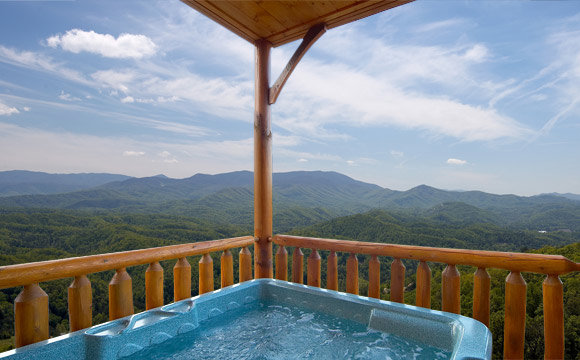Cabins In Gatlinburg Tn
For centuries, Cherokee hunters (and Native American hunters pre-dating the Cherokee) used a footpath known as the Indian Gap Trail to access the abundant game in the forests and coves of the Smokies.[6] This trail connected the Great Indian Warpathwith the Rutherford Indian Trace, following the West Fork of the Little Pigeon River from modern-daySevierville through modern-day Pigeon Forge, Gatlinburg, and the Sugarlands, crossing the crest of the Smokies along the slopes of Mount Collins, and descending into North Carolina along the banks of the Oconaluftee.[7] US-441 largely follows this same route today, although it crests at Newfound Gap rather than Indian Gap.While various 18th century European and early American hunters and fur trappers probably traversed or camped in the flats where Gatlinburg is now situated, it was Edgefield, South Carolina native William Ogle (1751–1803) who first decided to permanently settle in the area.[8] With the help of the Cherokee, Ogle cut, hewed, and notched logs in the flats,







No comments:
Post a Comment